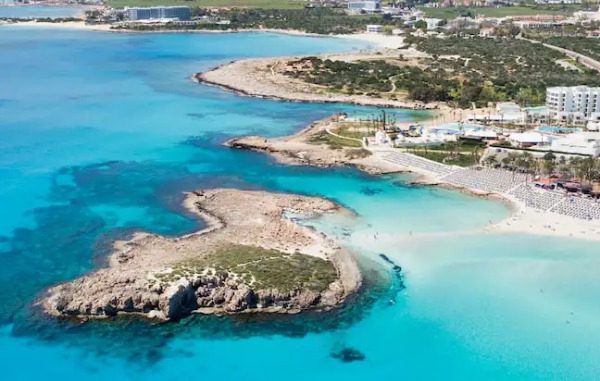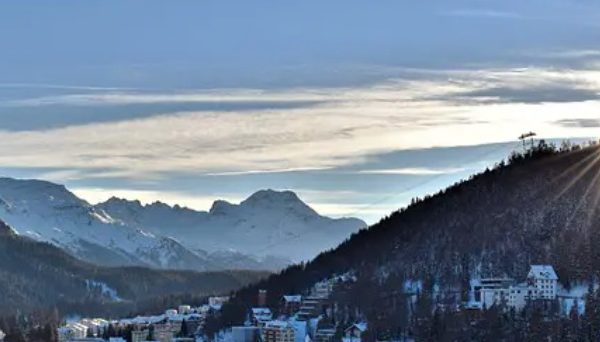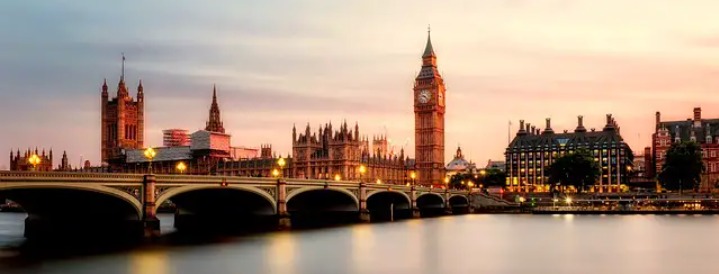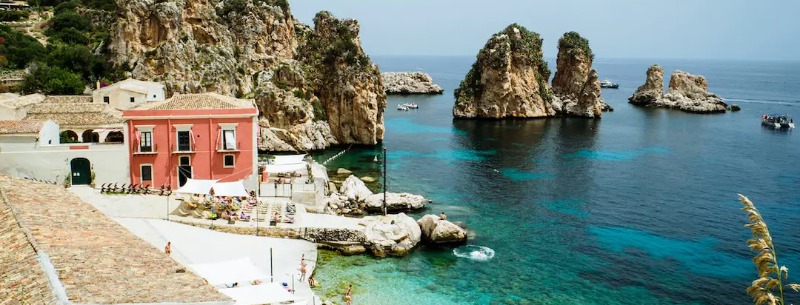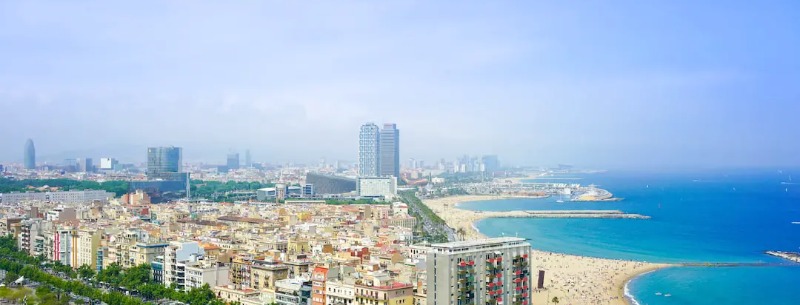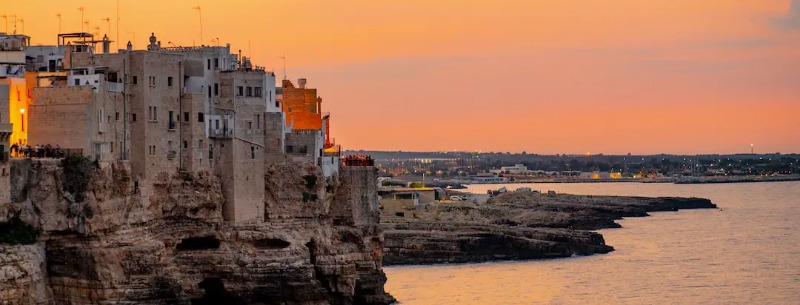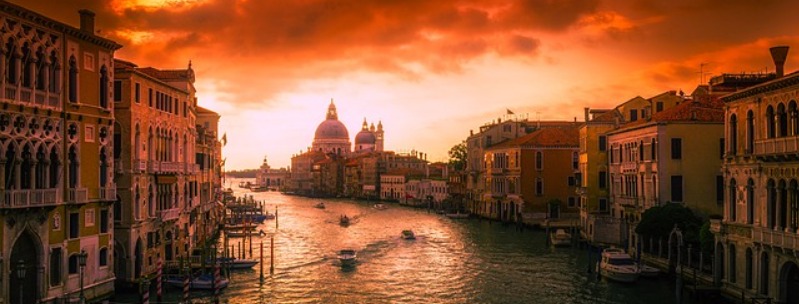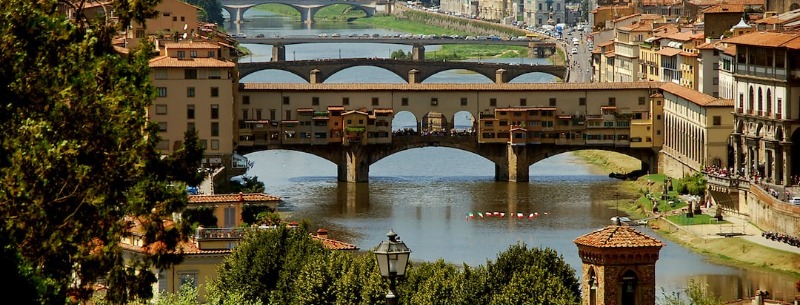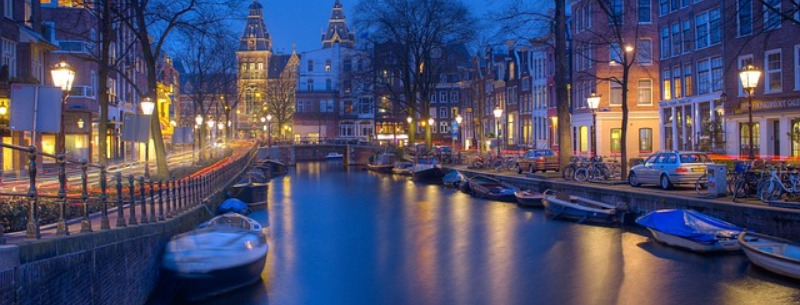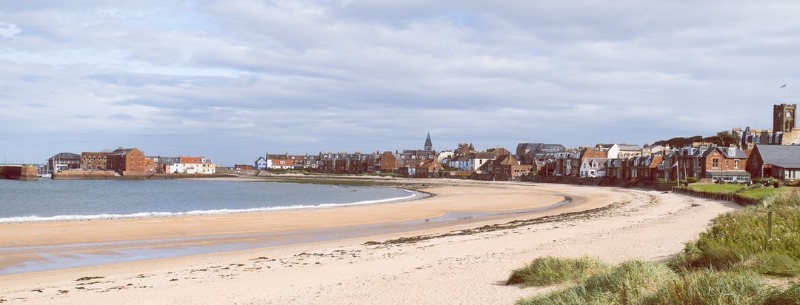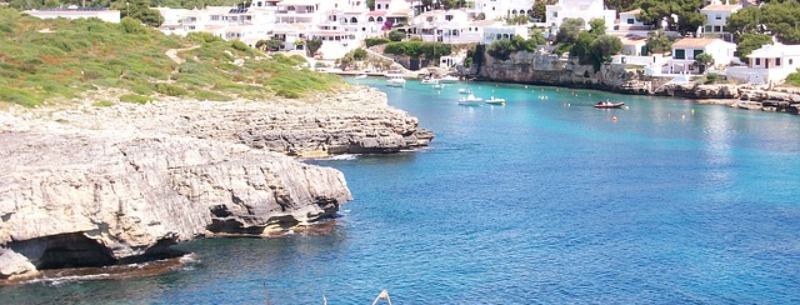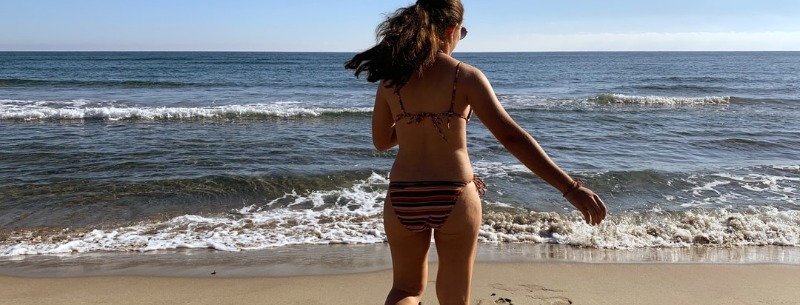Where you head on your European Vacation obviously depends on your tastes and the kind of vacation you want: you can sample mountain air and winter sports in the Alps of France, Austria, or Switzerland, lie on a beach in the swanky resorts of the south of France or Italy, or view architecture and works of art in the great cities of London, Paris, Florence or Amsterdam. Suffice to say, the lifting of restrictions on travel in Eastern Europe, with only a handful of countries still requiring visas and nothing like the bureaucratic regulations there were before, means that the Continent really is there for the traveling – something manifest in the increasingly good-value rail passes which cover most of the countries in Europe. Although you may want to make a long hop or two by air, rail is indeed the way to see the Continent, highlighting the diversity of the place when you travel in a few hours from the cool temperatures of northern Europe to the rich and sultry climes of the Mediterranean. In fact, with the richness and diversity of its culture, climate, landscapes, and people, there is no more exciting place to travel.
European Destinations
The collapse of the division between Eastern and Western Europe at the end of the 1980s, and the ever-closer ties among the fifteen countries of the European Union – increasingly a political and cultural as well as economic union – made Europe a buzzword in the early 1990s, implying shared values and, despite all the wrangling, a broad consensus of political beliefs. Some of this is inevitably a superficial analysis, but although true European unity still remains a distant dream, developments such as the introduction of the euro, the creation of the frontier-free Schengen Group, and the opening of the Channel Tunnel have done much to bring it closer.
Geographical Boundaries
Conventionally, the geographical boundaries of Europe are the Ural Mountains in the east, the Atlantic Coast in the north and west, and the Mediterranean in the south. However, within these rough parameters, Europe is massively diverse. The environment changes radically within very short distances, with bleak mountain ranges never far from broad, fertile plains, and deep, ancient forests close to scattered lake systems or river gorges.
Politically and ethically, too, it is an extraordinary patchwork: Slavic peoples are scattered through central Europe from Poland in the north to Serbia and Bulgaria in the south; the Finnish and Estonian languages bear no resemblance to the tongues of their Baltic and Scandinavian neighbors, but more to that of Hungary, over 1000km south; meanwhile Romansch, akin to ancient Latin, is spoken in the valleys of south-eastern Switzerland, while the Basques of the Western Pyrenees have a language unrelated to any others known.
These differences have become more political of late with the rise of nationalism that coincided with the fall of Communism, and borders are even now being redrawn, not always peacefully, and usually along ethnic lines defined by language, race, or religion.
Climate & When to Go
There are obviously other considerations when deciding when to go. If you’re planning to visit fairly touristed areas, especially beach resorts in the Mediterranean, avoid July and August when the weather can be too hot and the crowds at their most congested. Bear in mind, also, that in a number of countries in Europe, everyone takes their vacation at the same time (this is certainly true in France, Spain, and Italy where everyone goes away in August). Find out the holiday month beforehand for the countries where you intend to travel since you can expect the crush to be especially bad in the resorts; in the cities, the only other people around will be fellow tourists, which can be miserable.
Northwestern Europe
Europe’s climate is as variable as everything else about the Continent. In northwestern Europe – Benelux, Denmark, southwestern Norway, most of France and parts of Germany, as well as the British Isles – the climate is basically a cool temperate one, with the chance of rain all year round and no great extremes of either cold or hot weather. There is no bad time to travel in most of this part of the Continent, although the winter months between November and March can be damp and miserable – especially in the upland regions – and obviously, the summer period between May and September sees the most reliable and driest weather.
Eastern Europe
In Eastern Europe, on the other hand, basically to the right of a north-south line drawn roughly through the heart of Germany and extending down as far as the western edge of Bulgaria (taking in eastern Germany, Poland, central Russia, the Baltic states, southern Sweden, the Czech and Slovak republics, Austria, Switzerland, Hungary, and Romania), the climatic conditions are more extreme, with freezing winters and sometimes sweltering summers. Here the transitional spring and autumn seasons are the most pleasant time to travel; deep midwinter, especially, can be very unpleasant, although it doesn’t have the dampness you associate with the northwestern European climate.
Southern Europe
Southern Europe, principally the countries that border the Mediterranean and associated seas – southern France, Italy, Spain, Portugal, Greece, and western Turkey – has the most hospitable climate in Europe, with a general pattern of warm, dry summers and mild winters. Travel is possible at any time of year here, although the peak summer months can be very hot and very busy and the deep winter ones can see some rain.
Mountain Areas
There are, too, marked regional variations within these three broad groupings. As they’re such large countries, inland Spain and France can, for example, see a continental type of weather as extreme as any in central Europe, and the Alpine areas of Italy, Austria, and Switzerland – and other mountain areas like the Pyrenees, Apennines, and parts of the Balkans – have a climate mainly influenced by altitude, which means extremes of cold, short summers, and long winters that always see snow.
Northern regions of Russia and Scandinavia
There are also, of course, the northern regions of Russia and Scandinavia, which have an Arctic climate – again, bitterly cold, though with some surprisingly warm temperatures during the short summer when much of the region is warmed by the Gulf Stream. Winter sees the sun barely rise at all in these areas, while high summer can mean almost perpetual daylight.
Scandinavia
In northern Scandinavia the climatic extremes are such that you’ll find opening times severely restricted, even road and rail lines closed, outside the May-September period, making travel futile and sometimes impossible outside these months. In mountainous areas, things stay open for the winter sports season, which lasts from December through to April, though outside the main resorts, you’ll again find many things closed. Mid-April to mid-June can be a quiet period in many mountain resorts, and you may have much of the mountains to yourselves.

